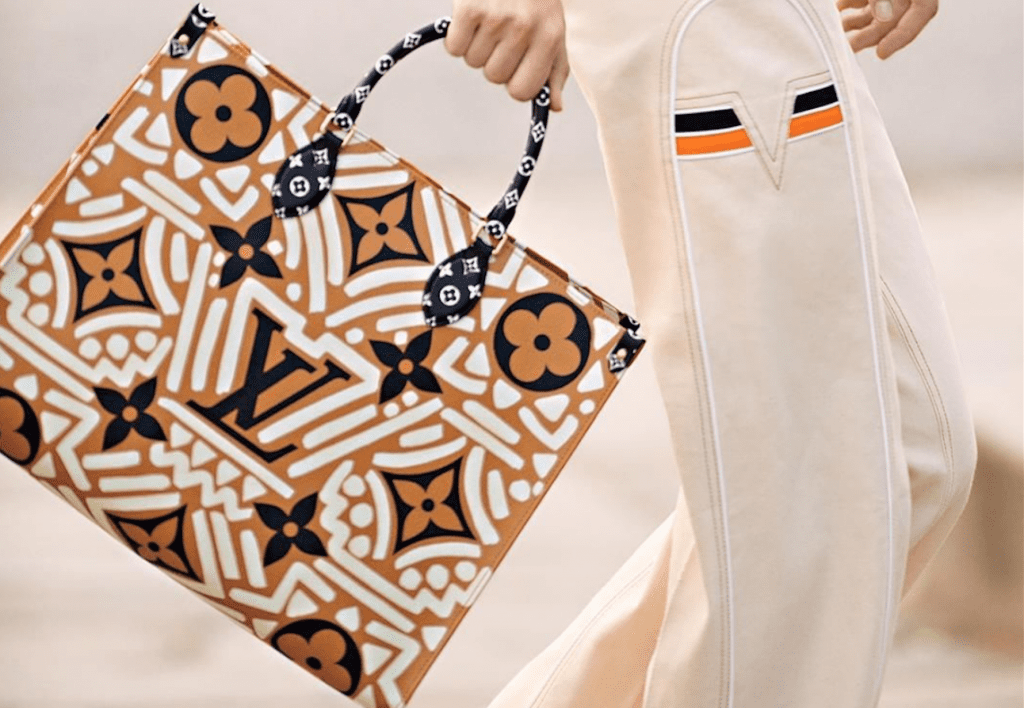The fashion industry is in the midst of what could be a seismic shift. In furtherance of a number of initiatives, fashion designers, executives and retailers are looking to reset the established fashion calendar of runway shows, deliveries and discounting. The current schedule sees fall and winter collections arriving in the middle of summer, and prices are routinely slashed to make room for new merchandise, thereby preventing brands from selling at full price (and cutting into their margins as a result).
In an open letter shared earlier this month, Belgian designer Dries Van Noten and others have called for an adjustment to “the seasonality and flow of both womenswear and menswear goods,” and to limit “discounting [to] the end of the season.” The initiative, which has been voluntarily joined by hundreds of industry entities and individuals, also places an emphasis on the manufacture of “less unnecessary product, and less waste in fabrics and inventory,” engaging in “less travel,” “making use of digital showrooms in addition to personal creative interactions, and reviewing and adapting fashion shows.”
Since then, a number of other efforts have been announced, with the most momentous coming from Gucci. The brand, which generated $10.7 billion of parent company Kering’s $17.5 billion in revenue for 2019, revealed that it will opt out of “the worn-out ritual of seasonalities and shows,” as creative director Alessandro Michele put it.
As for what that actually translates to, it means that instead of staging runway shows upwards of four times per year to present its main seasonal and pre-season collections, the brand will stage only two annual shows, the timing of which are not yet known. Based on an additional blurb from Michele in reference to the various fashion seasons (i.e., Fall/Winter, Spring/Summer, Resort and Pre-Fall), in which he said, “I think these are stale and underfed words … clothes should have a longer life than that which these words attribute to them,” presumably, his future collections will aim to transcend seasonality.
Gucci’s revelation comes shortly after its fellow Kering-owned brand Yves Saint Laurent said that it is rethinking the current runway show schedule and the overarching notion of seasonality, with Saint Laurent CEO Francesca Bellettini saying that the brand has been working “over the last four years [to] extend the life of our collections in-store,” which is a striking statement from a conglomerate-owned company, even Kering, which is the more sustainability-focused conglomerate when compared to rival LVMH Moët Hennessy Louis Vuitton.
As calls for change and commitments to change continue to gain steam, it is unclear what the tangible outcomes will be. Nonetheless, two potential outcomes within the luxury and high fashion space seem likely: one will see brands contract, to some extent, in terms of the breadth of their offerings, while moving further upscale in order to maintain their positions as luxury brands and simplifying their business model in order to meet heightened consumer demands for a more sustainable future. The other will see brands embrace a more modern notion of contemporary luxury by going increasingly more digital and to some extent, doing away with the big, traditional, seasonal collections in favor of relatively smaller drops of products on a more regular basis, while continuing to observe a largely volume-dependent model.
In the first scenario, brands are likely to move more upmarket and eschew the usual barrage of trend-specific creations on a seasonal basis in favor of fewer – and almost certainly more expensive – offerings.
It is relatively easy to envision brands like Chanel and Hermès cutting back on the dozens of garments and accessories they offer up each season in favor of even higher-end offerings, both in terms of handbags and garments, such as knitwear. Instead of reinventing the wheel each season, they will introduce new iterations of staple items with variations coming in color and/or textiles, and maybe even slight changes in silhouette. All the while, these brands will likely boost their price tags, which would not turn off their most loyal and high-spending customers. Chanel is, in fact, already engaging in such price adjusting in connection with certain handbag and small leather goods styles at the moment.
Looking beyond Chanel’s price increases, this strategy is already playing out elsewhere in the luxury market. Motorcycle maker Harley Davidson, which is a luxury brand in its own right, revealed that when it reopens its factories, it will intentionally observe lower production rates and a narrower range of models. “We are using this time to course correct and rewire the company in pursuit of making Harley-Davidson one of the most desirable brands in the world,” Harley’s director of product sales, Beth Truett, wrote in a recent internal memo, as reported by the Wall Street Journal.
The second scenario will see brands continuing to sell in a relatively mass capacity, albeit with less emphasis on arcane and wasteful elements long-associated with the industry, such as excessive runway shows. Chances are, in removing the emphasis on seasonality from their manufacturing and merchandising calendar, brands will place greater reliance on periodic drops of products, which will enable them to address and remedy the sweeping amount of overproduction of garments and accessories that plagues the fashion industry and results in discounting and/or product destruction, particularly as the latter becomes increasingly problematic for brands both socially and legally.
At the same time, a regular drop model would not only be more in line with how many consumers want to shop today (“online, instant gratification, chasing cool items, and waiting for the latest ‘drop,'” as Thomai Serdari, a marketing and branding professor at New York University’s Stern School of Business, put it recently), it likely still accommodate the need of publicly-traded conglomerate-owned brands to continue to boost revenues and meet shareholder expectations, as doing away with seasonality does not mean producing less; in fact, swearing-off season-specific limits opens the door to introducing products on a more frequent basis.
It is worth noting, after all, that few brands are committing to creating and selling fewer products on an annual basis, likely because industry giants like Louis Vuitton and Gucci have been in the process of morphing from traditional luxury brands to bona fide behemoths with significantly larger footprints and bottom lines than ever before. In addition to expanding their physical retail presences, these modern day luxury brands offer larger quantities of products at more accessible prices than when they were family-owned and relatively localized companies, hence, the large-scale introduction of coated canvas, a more affordable alternative to leather, for use on handbags and other accessories.
It would be difficult to imagine the likes of LVMH, which saw revenues of $59.1 billion in 2019, and Kering abandoning the volume-based models that their global, multi-billion dollar brands depend on, particularly if they could, instead, adopt a more straightforward structure that may be “more environmentally and socially sustainable,” and as so many of the newly-released initiatives state, more closely “aligned with customers’ needs.”
In all likelihood, we will see a combination of the two approaches outlined above, particularly for massive companies like Louis Vuitton, which sells large quantities of handbags and small leather goods, and was recently reported to be increasing its prices, alongside Chanel.
It will be interesting to see how such efforts to address the inherently wasteful and unsustainable elements of the fashion industry – namely, its enduring quest to promote novelty in order to sell an increasing amount of product, which has operated in something of an unchecked capacity to date – play out. And in particular, what trends – and maybe even more interestingly, what divergences – occur within the upper echelon of the fashion and luxury goods industries.











